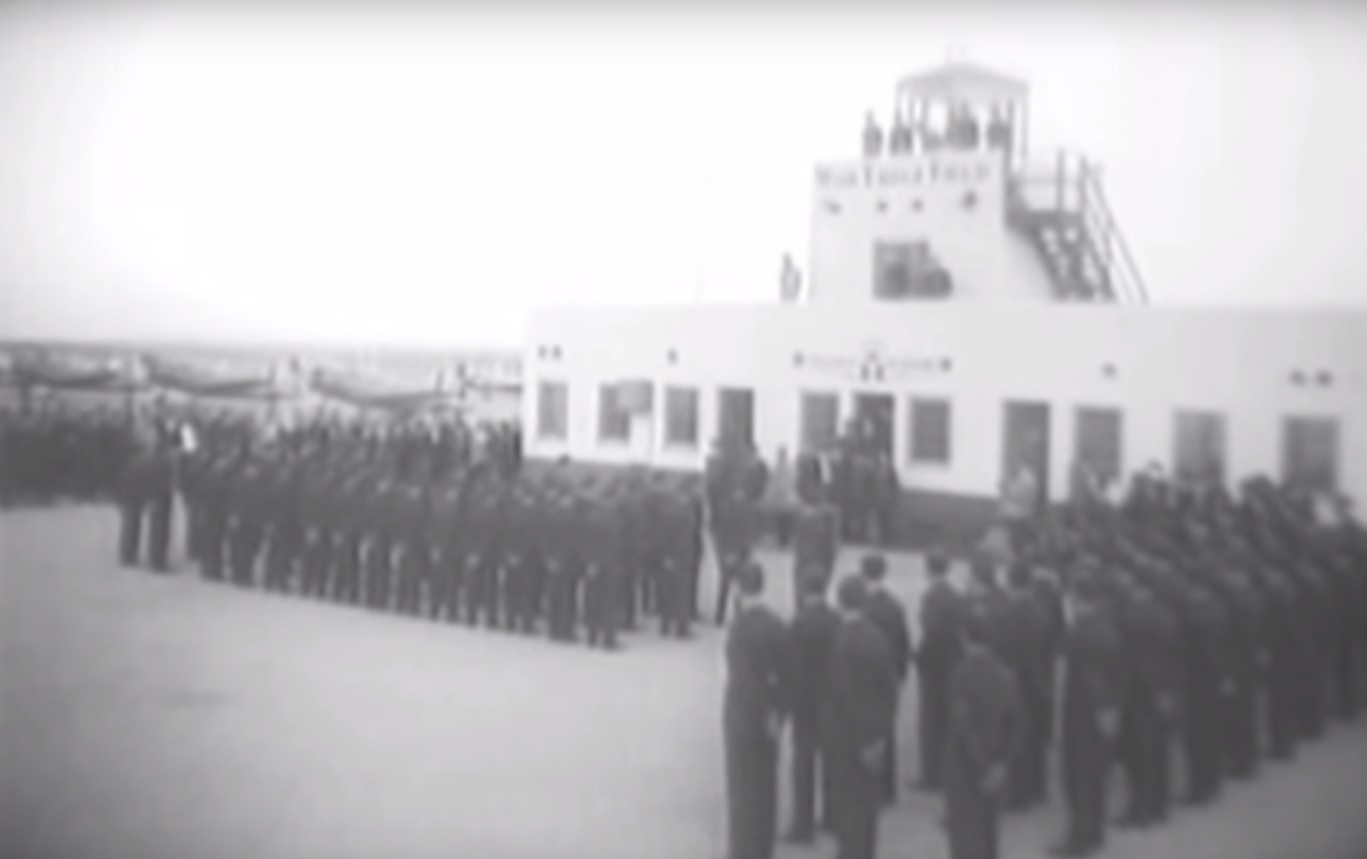Training incarcerated men in aircraft engine repair at Deuel Vocational Institution (DVI) can trace the program’s history to World War II.
British Royal Air Force field in California
Originally dubbed the California Vocational Institution, the facility started in the vacant War Eagle Field in Lancaster. The air field was constructed in 1941 as an overseas training base for British Royal Air Force pilots.
“Full-fledged pilots of the Royal Air Force, the first American-trained cadets to win their wings here in Southern California,” a 1941 British newsreel declares. “Graduation exercises for the pride of Britain after 20 weeks of schooling at War Eagle Field, built exclusively for training of RAF fighter pilots. The first 50 receive the coveted insignia and there’ll be hundreds more. Instructors wish them happy landings as they take off on the first leg of their trip to the battlefront.”
The U.S. had yet to enter World War II but five years later, the air field was no longer in use.
The year was 1946. On the silver screen, Danny Kaye starred in “The Kid from Brooklyn” while Gary Cooper wowed in “Cloak and Dagger.” Phone numbers were two to four digits. Cafes sold turkey dinners for $1.25 each. A pint of mayonnaise sold for 48 cents and men’s suits ran from $16.50 to $29.50 each.
In the field of penology, new methods were taking root. California’s state prison system, already experimenting with rehabilitation through the California Institution for Women (1932), California Institution for Men (1941) and the state conservation camp system (1945), was about to embark on a path of making parolees employable.
The need for rehabilitation
Vocational training has long been a focus of the department but in the post-war years, the needs of the country’s workforce were changing.
“When a man comes out of prison, he cannot get a job,” said District Attorney Buron Fitts of Los Angeles in the Desert Sun on April 1, 1938. “No one will have him so he resorts to the only thing he knows. … The first-time losers should be in a separate institution where they can receive vocational education.”
In January 1943, Gov. Earl Warren spoke on the issue during his inaugural address.
“People … cannot develop the best that is within them without doing useful work. Our practice of matter-of-fact confinement of people without affording them, through work, an outlet for body and mental energy, is wholly wrong,” he said. “I want to stimulate the employment of all people in our penal institutions. I want to see them engaged in activities which develop their bodies and spur their desire to be restored to society.”
DVI history goes from airfield to correctional institution
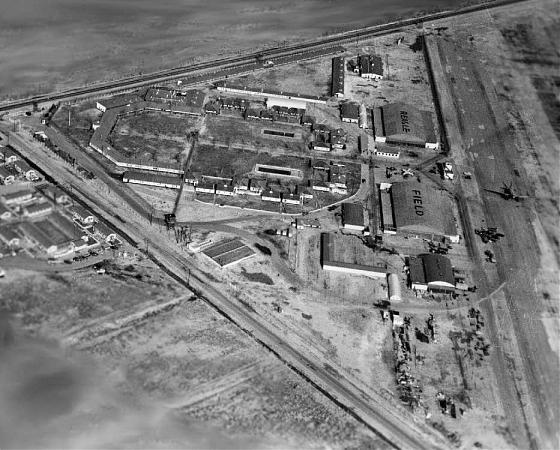

At the end of World War II, Lancaster’s War Eagle Field was decommissioned. It was now considered surplus by the U.S. military.
Starting in 1946, thanks to legislation authored by state Sen. Charles Deuel a year earlier, the state began housing inmates at the facility, emphasizing on vocational training.
“The statutes providing for this facility authorized the Department of Corrections to establish the institution on a temporary basis until buildings and facilities for a permanent physical plant are constructed and ready for occupancy,” an undated overview report states, drafted for Gov. Warren. “A temporary site was located at the former War Eagle Field six miles west of Lancaster, and construction and renovation work necessary to equip the area for the arrival of inmates began Nov. 1, 1945. The first inmates arrived on March 18, 1946.”
First superintendent of DVI
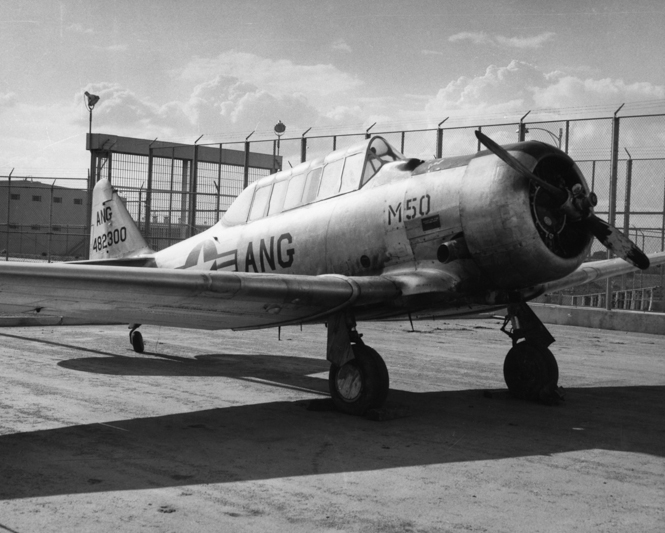
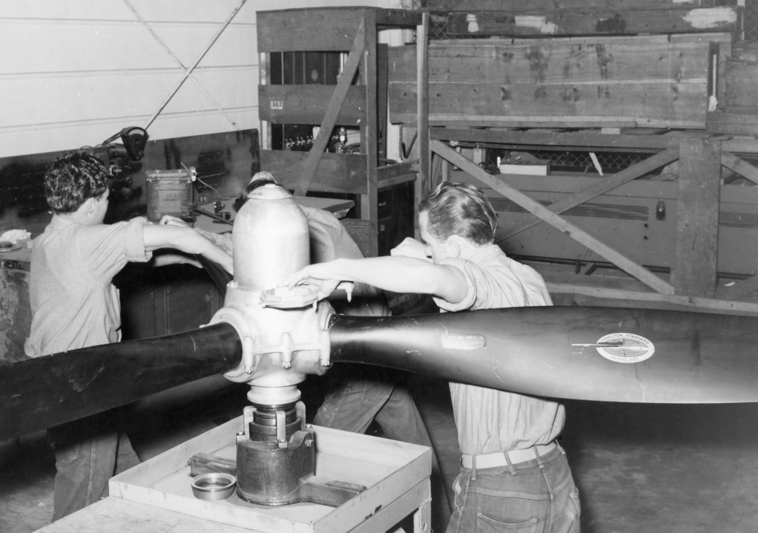
Allen Cook was appointed the first superintendent of the new California Vocational Institution, according to a 1946 edition of the Berkeley Daily Gazette.
On Jan. 10, 1950, the institution was approved as an air agency rated for aircraft engines by the U.S. Department of Commerce’s Civil Aeronautics Administration. The air agency certification “shall continue in effect indefinitely,” the original certificate states, “unless canceled, suspended or revoked.”
A pre-1951 course study declares, “The California Vocational Institution April Engine Mechanics School is designed to provide the student with the necessary skills and knowledge required of those desiring employment in the aircraft engine mechanics trade. (The school also) provides the student with the knowledge and skills necessary to successfully obtain a Civil Aeronautic Authority certificate as an Aircraft Engine Mechanic.”
According to the document, the course was 1,110 hours, or 37 weeks, but students could take more time if needed.
“As much equipment as possible was secured from the War Surplus Division of the War Assets Administration,” an undated report to Gov. Warren states. “This has since been supplemented by other purchases. … The instructor for the Airplane Engine Mechanics class reported for duty on Nov. 24, 1947.”
The institution also had one functioning and another non-functioning airplane.
“The institution owns and has available one C-46 airplane (Curtiss Commando) which is fully equipped and in flying condition,” the report states. “A Vultee BT 15 is also available and used for engine installation practice and service checks.”
Who was Sen. Charles Deuel? Namesake is part of DVI history
After six years, the institution was renamed to honor the state senator who so heavily influenced the department.

“The bill which changes the name of the California Vocational Institution to the Deuel Vocational Institution was signed yesterday by Gov. Warren,” reported the July 24, 1951, edition of the Sacramento Union. “The name change was made by the Legislature as a tribute to the late Sen. Charles H. Deuel of Chico, who pioneered reforms in California prisons during his long tenure as a senator. The institution, now located in Lancaster, is to be moved to a site near Tracy.”
Sen. Deuel was also part of Governor Warren’s investigative committee which led to the formation of the California Department of Corrections in 1944. He was first elected to the state Assembly in 1924 and the state Senate in 1930. Sen. Deuel died in office in 1947 at age 79.
Deuel was also the editor and publisher of the Chico Record newspaper from 1897 until 1945, when he and his partner, B.C. Richards, sold the newspaper, according to a volunteer researcher with the Chico Heritage Association. In 1948, the town’s two newspapers merged and today the paper is known as the Chico Enterprise-Record.
Making the move
Flooding delayed construction of the Tracy facility. The groundbreaking took place shortly before a massive flood in 1950. It took three years to overcome the flooding hurdles and open the institution.
On July 6, 1953, Gov. Warren laid the cornerstone in front of a crowd of 900, which included the late senator’s wife, only referred to as Mrs. Charles Deuel in news reports, and daughter, Margaret Deuel. Department Director Richard McGee was also on hand.
“I believe this day to be one of the most important in our state,” Gov. Warren told the crowd. “With the opening of this institution, California is beginning the finest prison system in the world.”
According to the July 9, 1953, edition of The Tracy Press, DVI’s price tag was $12 million.
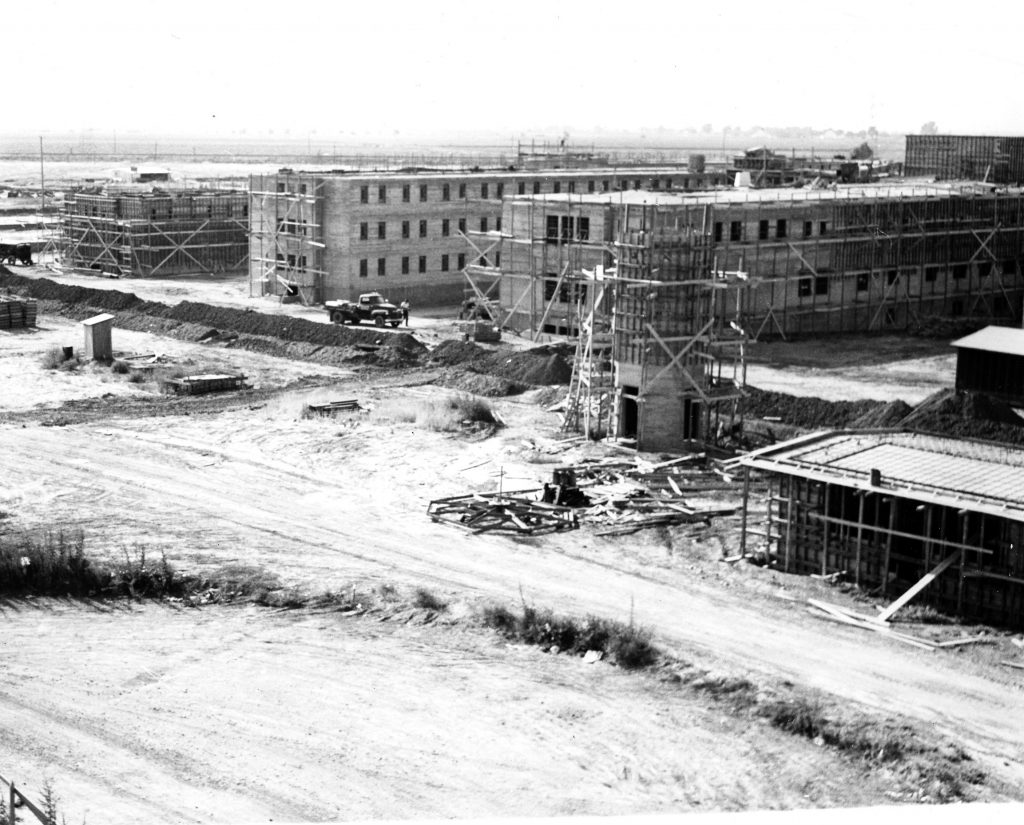
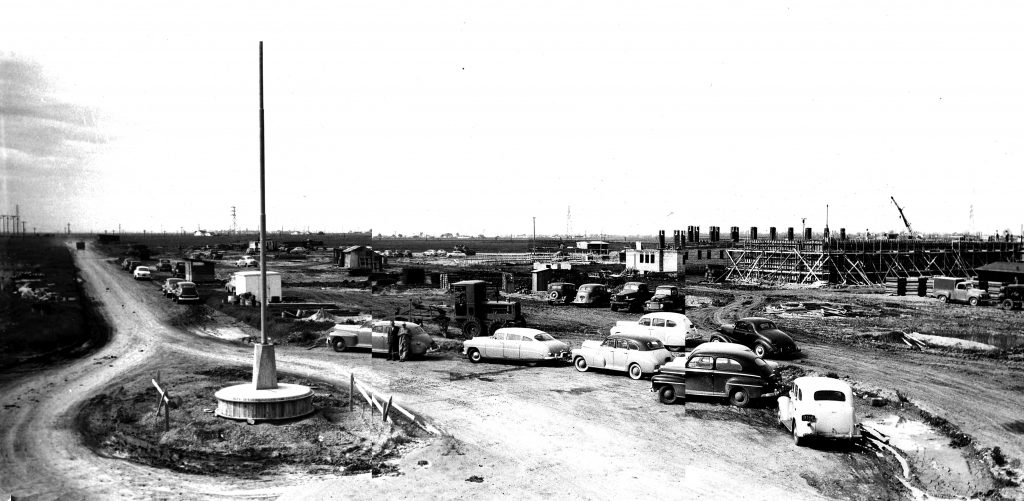
“Plans call for bringing the first inmates from Lancaster to the new Deuel facility on July 20,” the paper reported.
On Oct. 28, 1953, Superintendent Cook wrote a letter to Sen. Deuel’s widow.
“We have now moved into the institution and have approximately 800 boys living here,” he wrote. “There is still a lot of grass to plant and construction to complete, but we are gaining on it daily. We will be very happy to have you and your family visit again now that it is not so hot and there is more to see.”
Cook served as superintendent until 1966, serving a total of 20 years in the post. Deuel and Cook are part of DVI history.
Watery woes
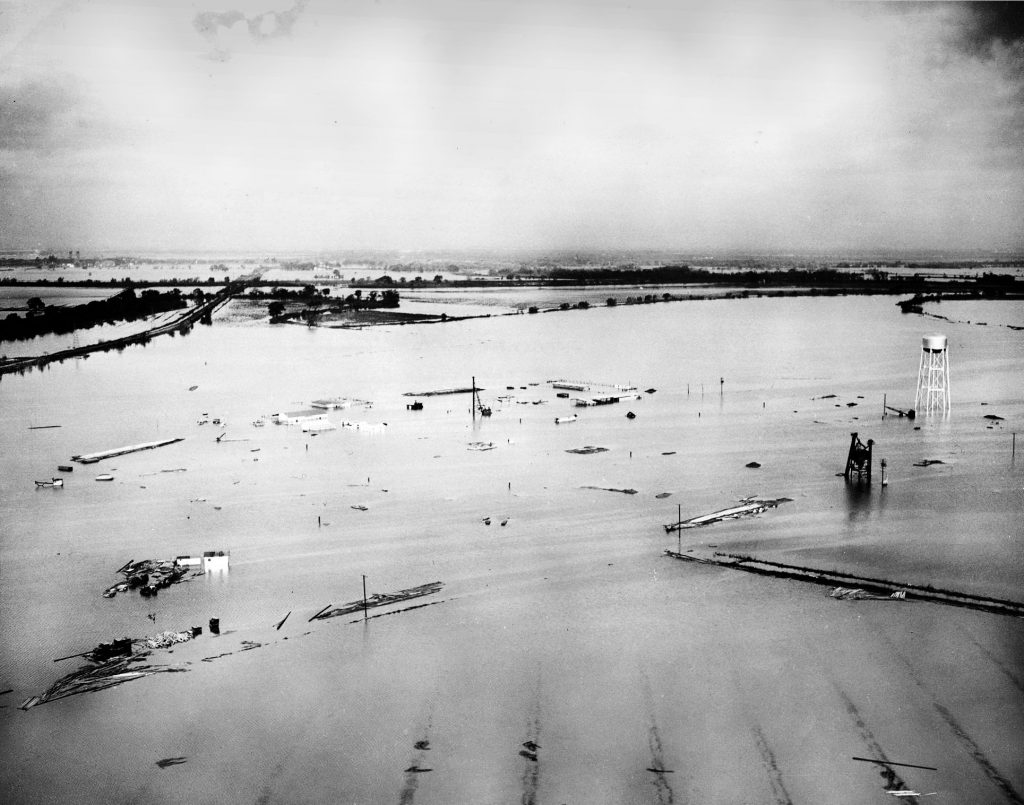

DVI history shows flooding has been a problem since the beginning. Floods delayed initial construction and swept into DVI more than once throughout the years.
Emergency Management, a trade publication, wrote in 2009 about DVI’s plans during one flood.
“CDCR has never had to evacuate a prison, but it came close in 1994 when DVI land flooded. Lt. Gilbert Valenzuela said the area is flood prone. For example, in the 1970s up to two feet of water flooded the facility and employees had to be transported to and from work on boats,” the publication reported. “Levees were built around DVI because of the floodwaters, but in 1994 the water almost crested above the levees.”
In 1997, the department issued a press release regarding floods sweeping across the northern part of the state.
“When flood waters erupted over large parts of Northern and Central California on Jan. 2, 1997, inmates and staff with the California Department of Corrections (CDC) formed the backbone of California’s flood-fighting forces. Between Jan. 2 and Jan. 10, more than 2,000 inmates and 164 staff lent their labor to flooded communities throughout the state,” the department wrote in a press release at the time.
Crews from DVI were heavily involved in the effort.
“Eight crews from Deuel Vocational Institution laid sandbags around the perimeter of the institution while others worked shoring up nearby levees. As flooding receded in some areas, crumbling and weakened levees further south gave way and the San Joaquin River and its tributaries covered new ground. Inmates dropped sandbags around the levee boils (where water was leaking through the levee) to protect walnut groves and subdivisions,” the department wrote.
DVI history through the years
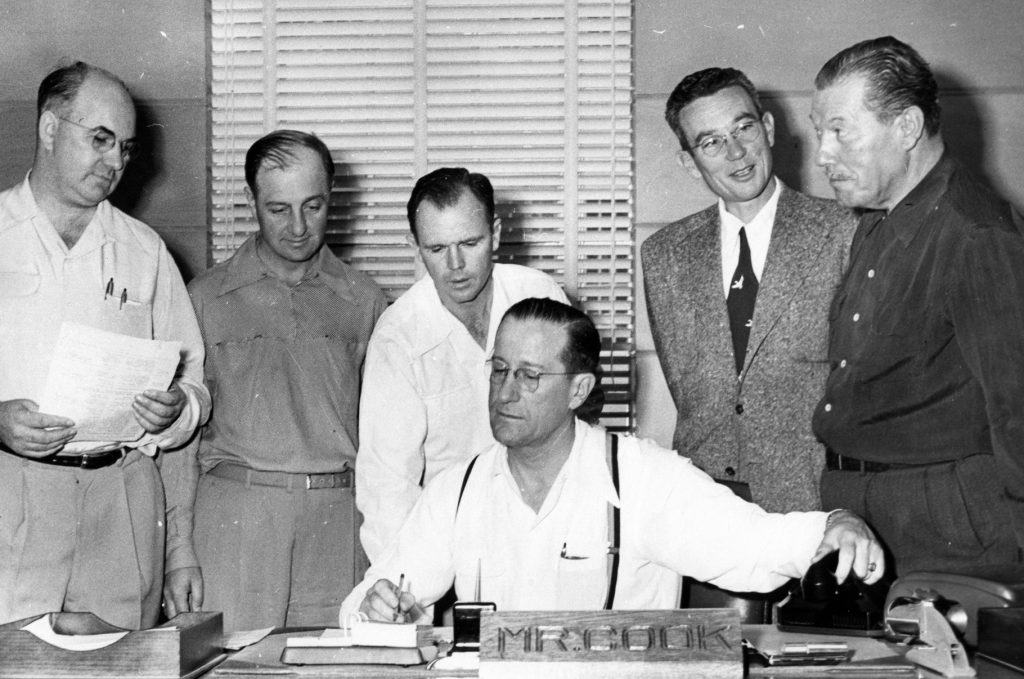
In 1957, a Utah prison official praised DVI.
“‘California’s penal system is the finest in the nation,’ in the opinion of Warden Marcell Graham of the Utah State Prison, Draper, Utah, who is currently visiting Deuel Vocational Institution, Tracy, in the course of an extensive study of California penology,” reported the Lodi News-Sentinel in their Nov. 20, 1957 edition.
In 1963, there were some minor upgrades to the facility.
“Governor Edmund G. Brown’s $3.25 billion budget for 1963-1964 includes only a minor amount for capital outlay at the Deuel Vocational Institution at Tracy and has an operating budget of $4,249,035 for the year. … The capital outlay portion of the budget includes $22,000 for remodeling of the administration building, $6,000 each for a road in the farm area and dairy corrals, $6,300 for minor alterations, and $7,000 to remodel the spray paint area,” reported the Lodi News-Sentinel on Feb. 7, 1963.
Two department leaders were from DVI
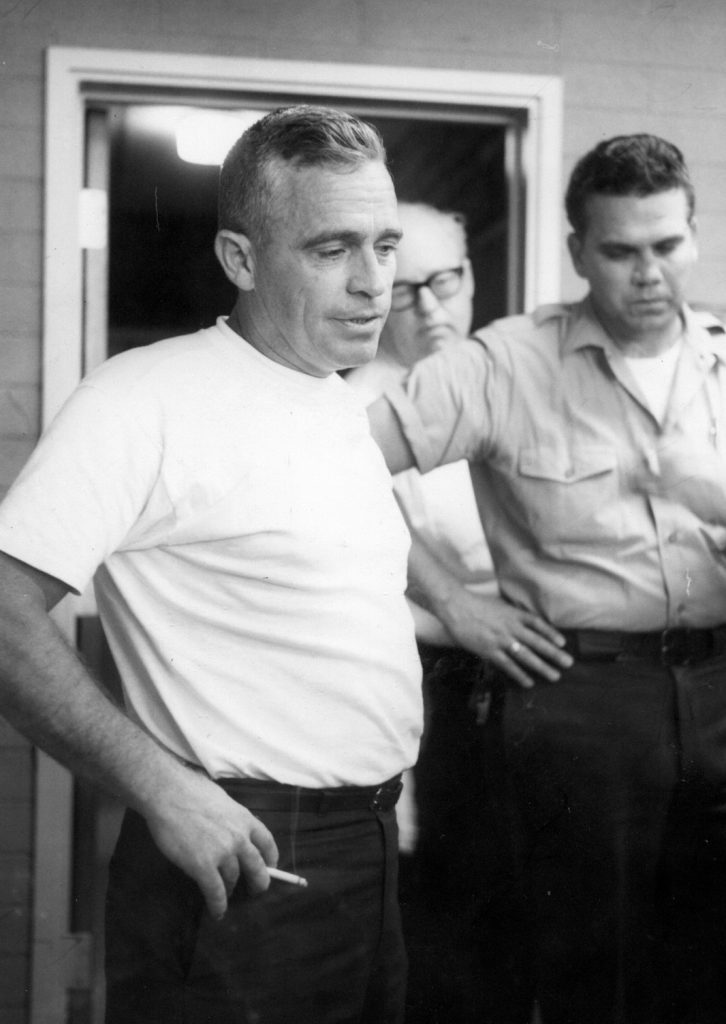
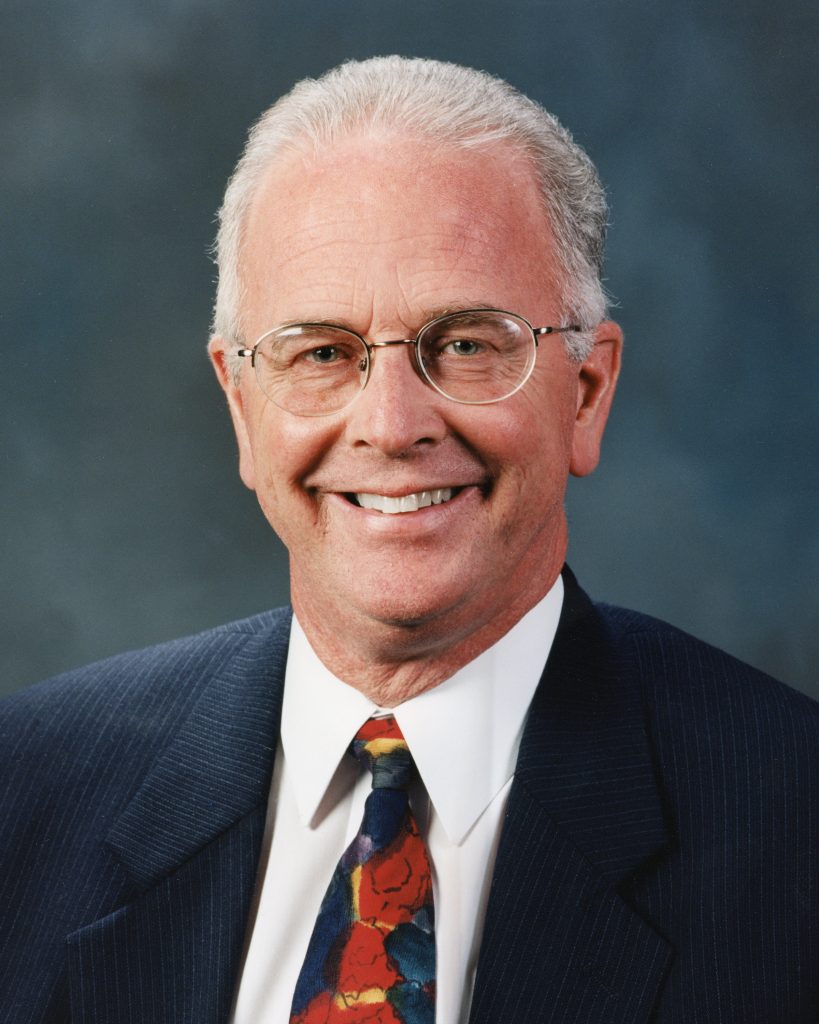
The institution has produced two staff who were later appointed to lead the department.
Ray Procunier served as superintendent from 1966-1967 when he was appointed director of the department.
He started as a correctional officer and worked his way up to superintendent. In 1967, Gov. Ronald Reagan appointed him director of corrections. He served in the post until 1975 and is credited with creating the first formal correctional officer academy.
Procunier left California state service in 1979 as the head of the California Department of Health.
He went on to head the prison systems in numerous other states including Texas, Nevada, New Mexico and Virginia.
Edward Alameida served as DVI warden from 1996-1999. He was appointed director of the department in 2001 by Gov. Gray Davis and served until January 2004.
Alameida began his career with CDC in 1973, working in the accounting office at Folsom State Prison. He held a broad range of positions during his career. He worked in headquarters in Sacramento, California Medical Facility, Folsom State Prison and DVI. His career history, including time at DVI, shows he served as an associate budget analyst, departmental budget officer, correctional administrator, associate warden of business services, chief deputy warden, chief administrator and operations officer and warden.
For three DVI officers, names are part of sad history
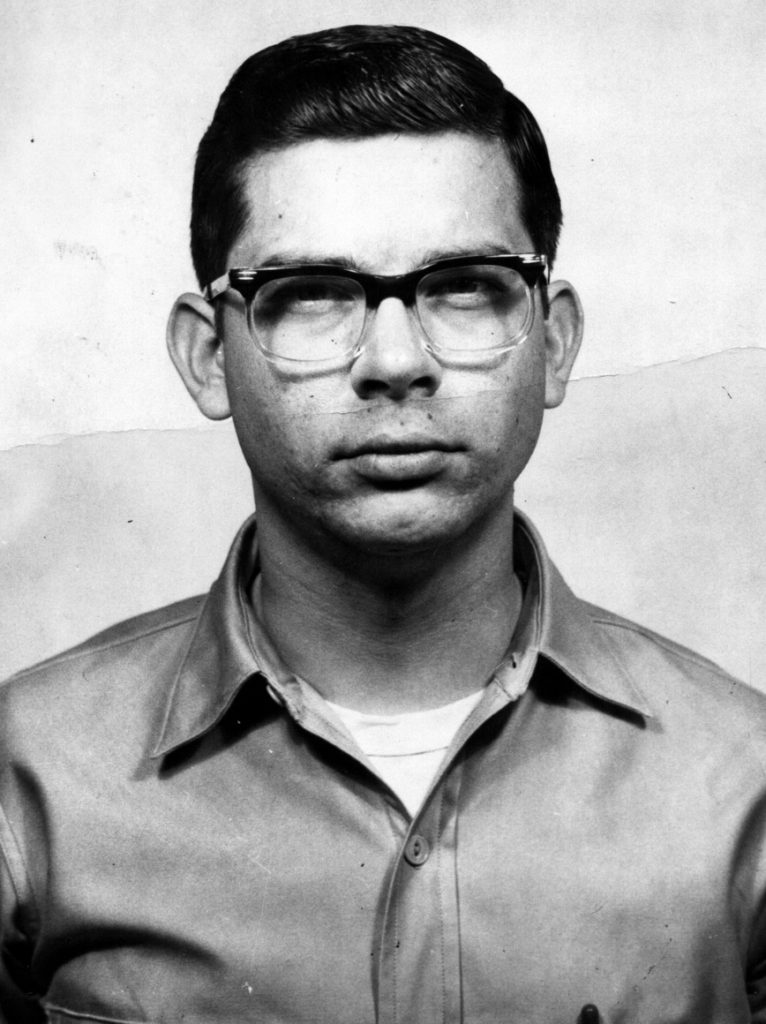
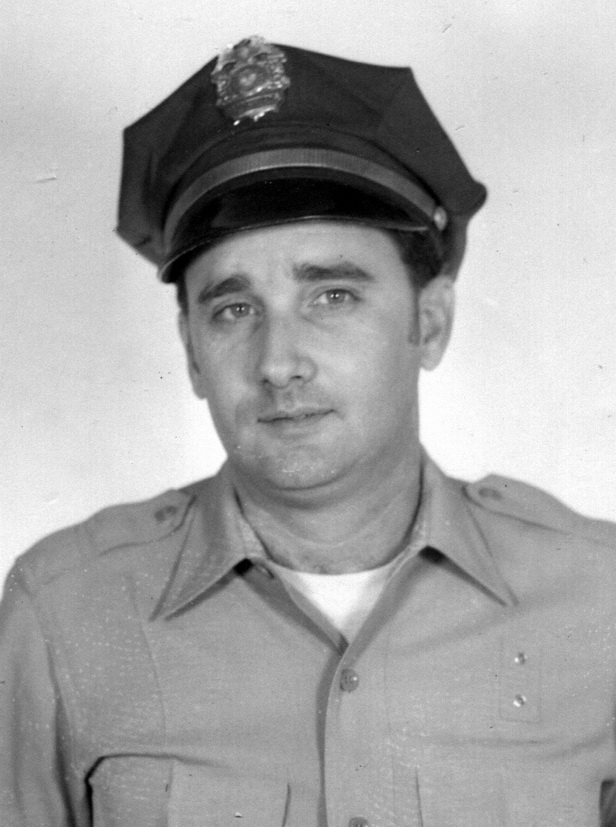
Three officers have lost their lives while serving at the institution.
On Aug. 11, 1951, Correctional Officer Raymond LaForest Messer was stabbed to death at the California Vocational Institution at Lancaster. While making rounds, Officer Messer discovered one of the inmates had two knives. After ordering the weapons be handed over, a struggle ensued. Messer was stabbed in the chest and pronounced dead at the hospital. Messer was born in Massachusetts in 1904, but his life ended in California when he was 47 years old. There are no photos available of Officer Messer.
On June 26, 1963, Officer Connie “Conn” Prock thought he was rushing to break up a fight but found himself ambushed by two inmates wielding inmate-manufactured weapons. He was stabbed to death. Officer Prock was fairly new on the job, starting at the institution only a year prior. He was the first officer to be murdered in the line of duty at DVI after it relocated from Lancaster. Prock was 23.
On Nov. 27, 1973, Officer Jerry Sanders was stabbed to death. Two inmates were tried for the slaying. The first trial was a hung jury. The second trial found them guilty, but the California Supreme Court overturned the conviction. The third trial was also a hung jury. The inmates were acquitted after their fourth trial. Sanders was 35.
A handbook for correctional staff
Department training coordinator Bud Allen and educator Diana Bosta penned an influential piece in the field of penology.
Titled “Games Criminals Play: How You Can Profit By Knowing Them,” the 1981 book became a must-read for correctional staff across the country.
In 1978, the pair wrote a precursor of sorts. “Anatomy of a Set-Up,” a 50-page training paper, which coached employees on appropriate ways to deal with inmates.
DVI warden history
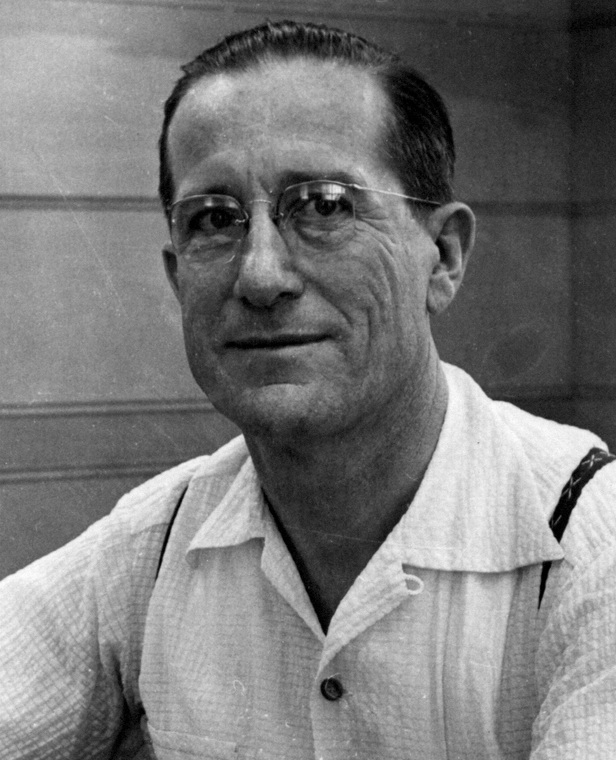
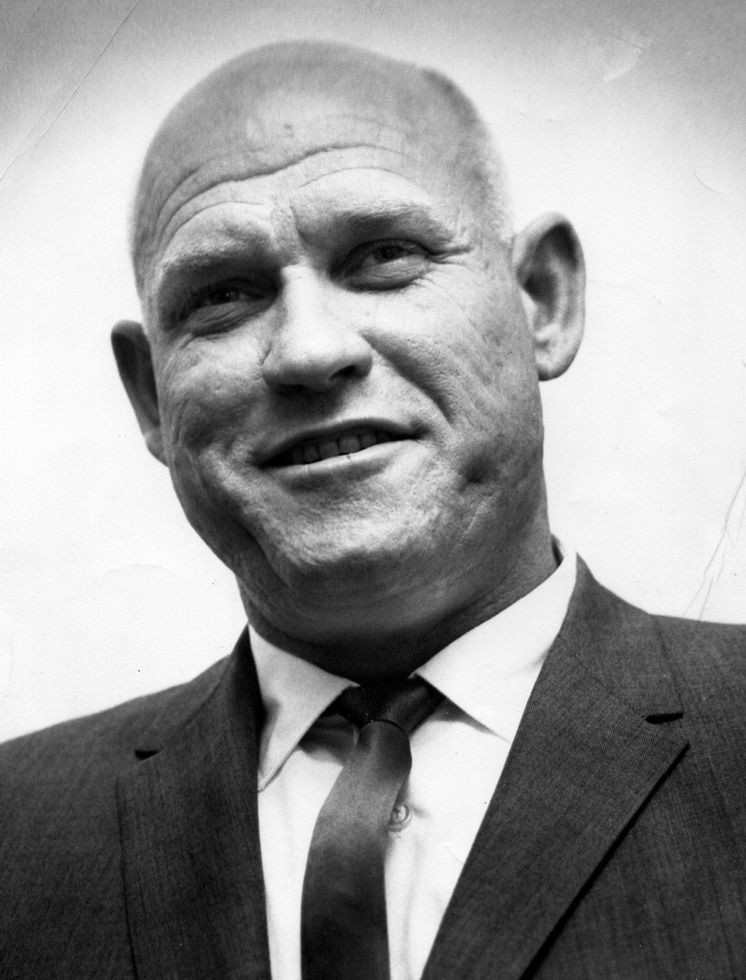
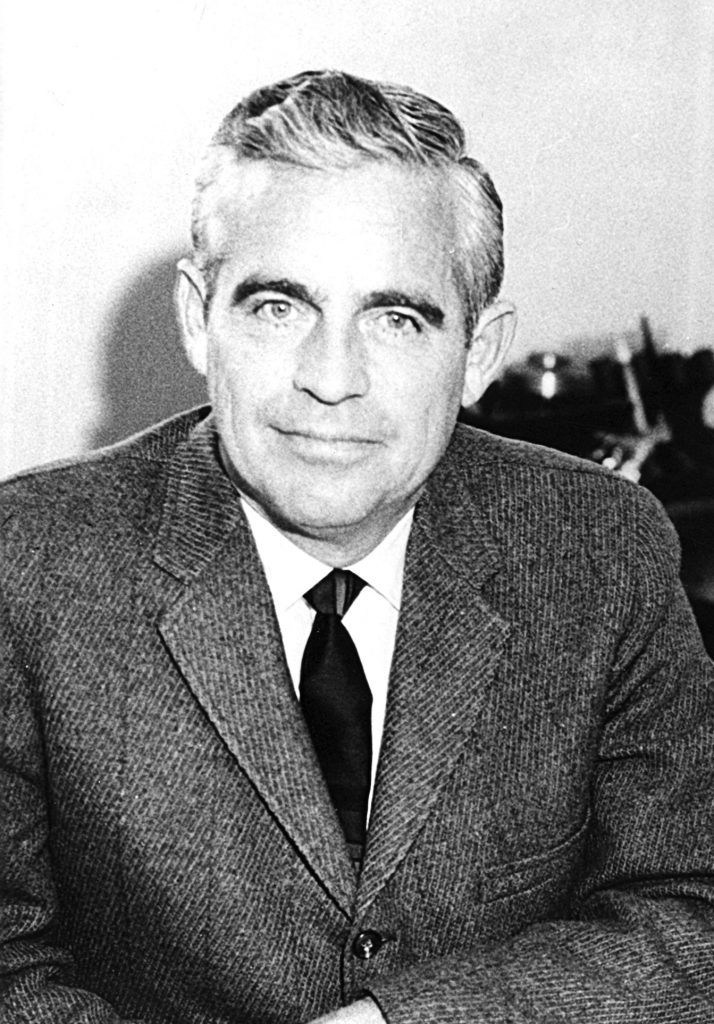

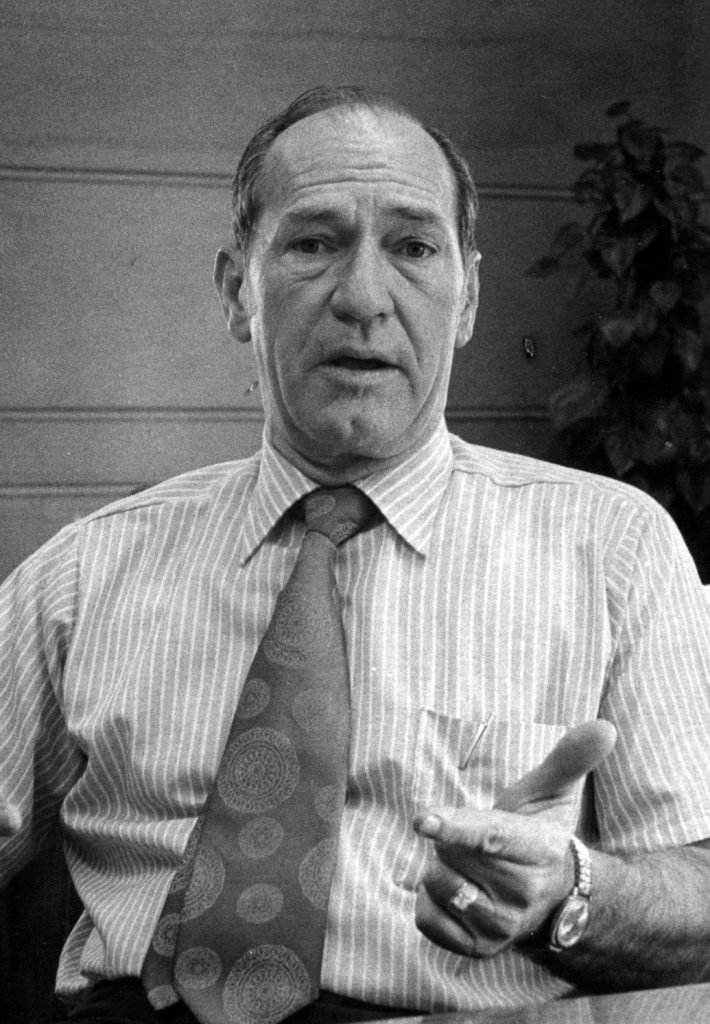
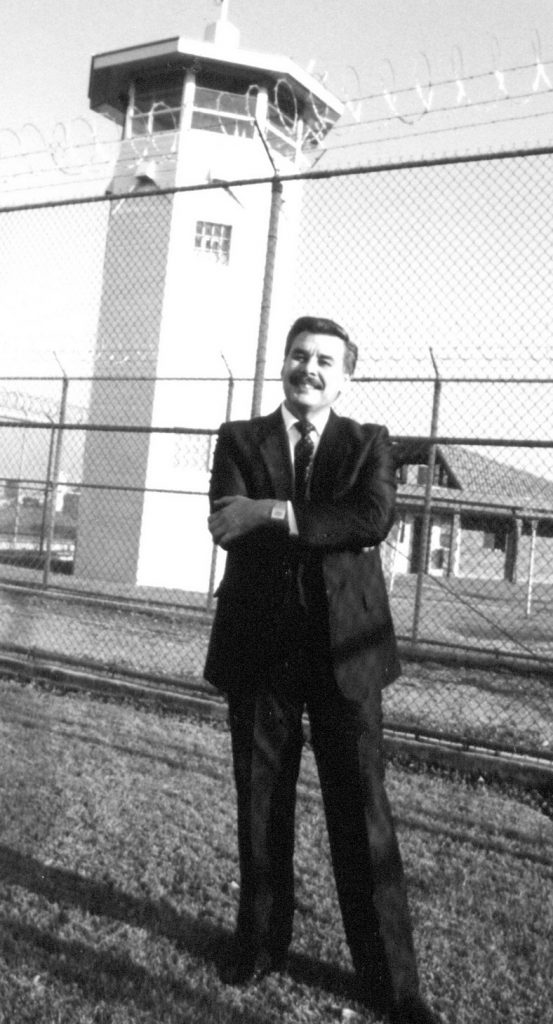
- Allen Cook: 1953-1966 (served at CVI from 1946-1953)
- Raymond K. Procunier: 1966-1967
- L.N. Patterson: 1967-1977
- Robert M. Rees: 1977-1987
- Midge Carroll: 1987-1989
- A.A. Gomez: 1989-1992
- Ana Maria Olivarez: 1992-1995
- Edward S. Alameida Jr.: 1996-1999
- Claude E. Finn: 1999-2007
- Steven R. Moore: 2007-2008
- S.M. Salinas: 2008-2011
- Ron J. Rackley: 2011-2012
- Jerome Price: 2012-present
DVI history timeline
- 1941: The first Royal Air Force pilots graduate from War Eagle Field in Lancaster, built to train British fighter pilots. Later, the U.S. Army Air Corps used the field after the U.S. entered World War II.
- 1945: State Sen. Charles Hastings Deuel authored legislation to establish the California Vocational Institution (CVI) at War Eagle Field in Lancaster.
- Nov. 1, 1945: Work began at CVI to ready it for inmates.
- 1946: Allen Cook appointed as first superintendent.
- March 18, 1946: First inmates arrived at CVI.
- Nov. 24, 1947: Airplane Engine Mechanics class instructor reported for duty.
- Jan. 10, 1950: CVI approved as an air agency.
- 1950: Groundbreaking for CVI in Tracy is held but a flood delays construction.
- July 23, 1951: CVI renamed Deuel Vocational Institution.
- July 6, 1953: Gov. Earl Warren laid the cornerstone of the completed DVI.
- July 20, 1953: The first inmates arrived at DVI, traveling from Lancaster.
Learn more about California prison history.
Follow CDCR on YouTube, Facebook, X (formerly Twitter). Listen to the CDCR Unlocked podcast.
